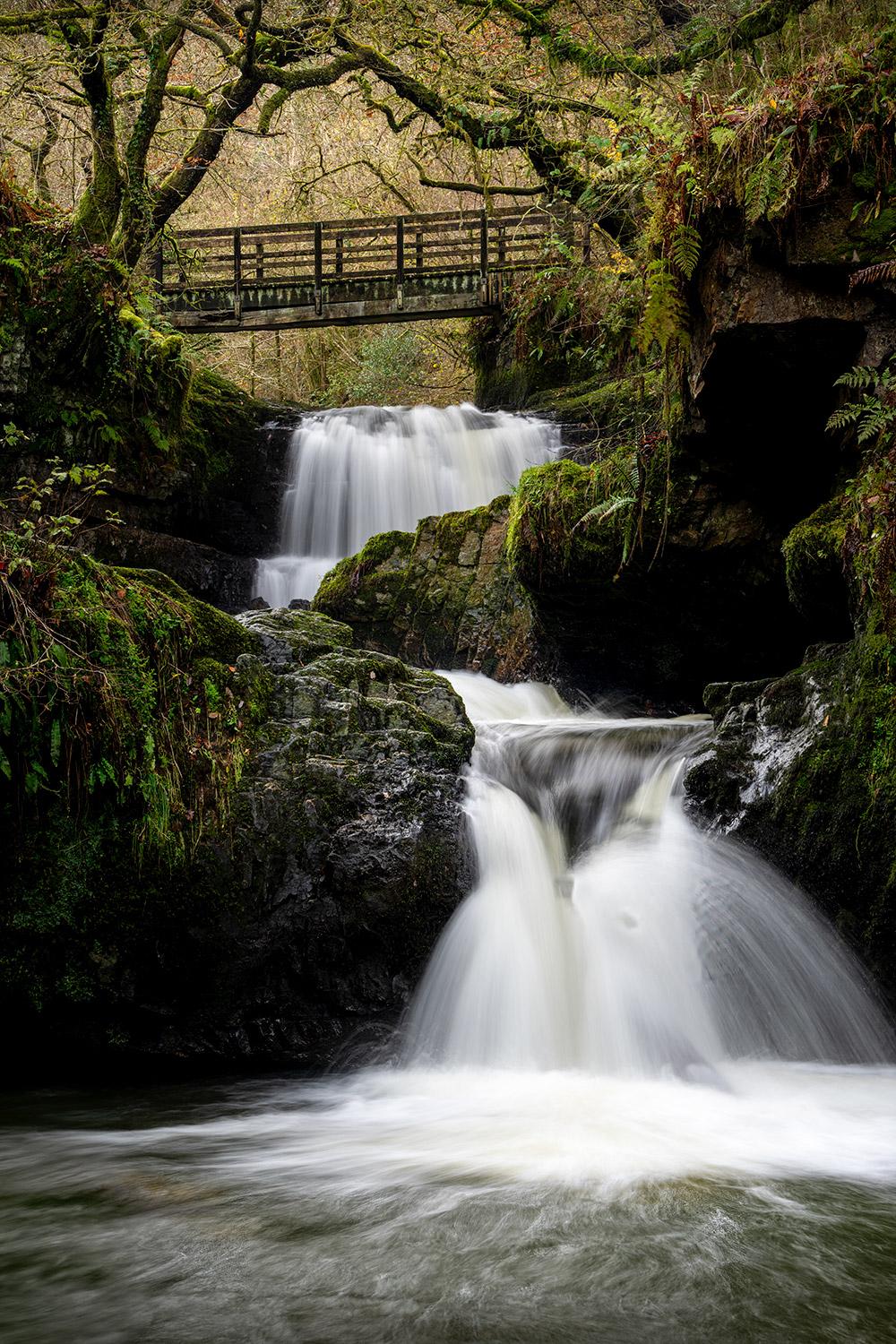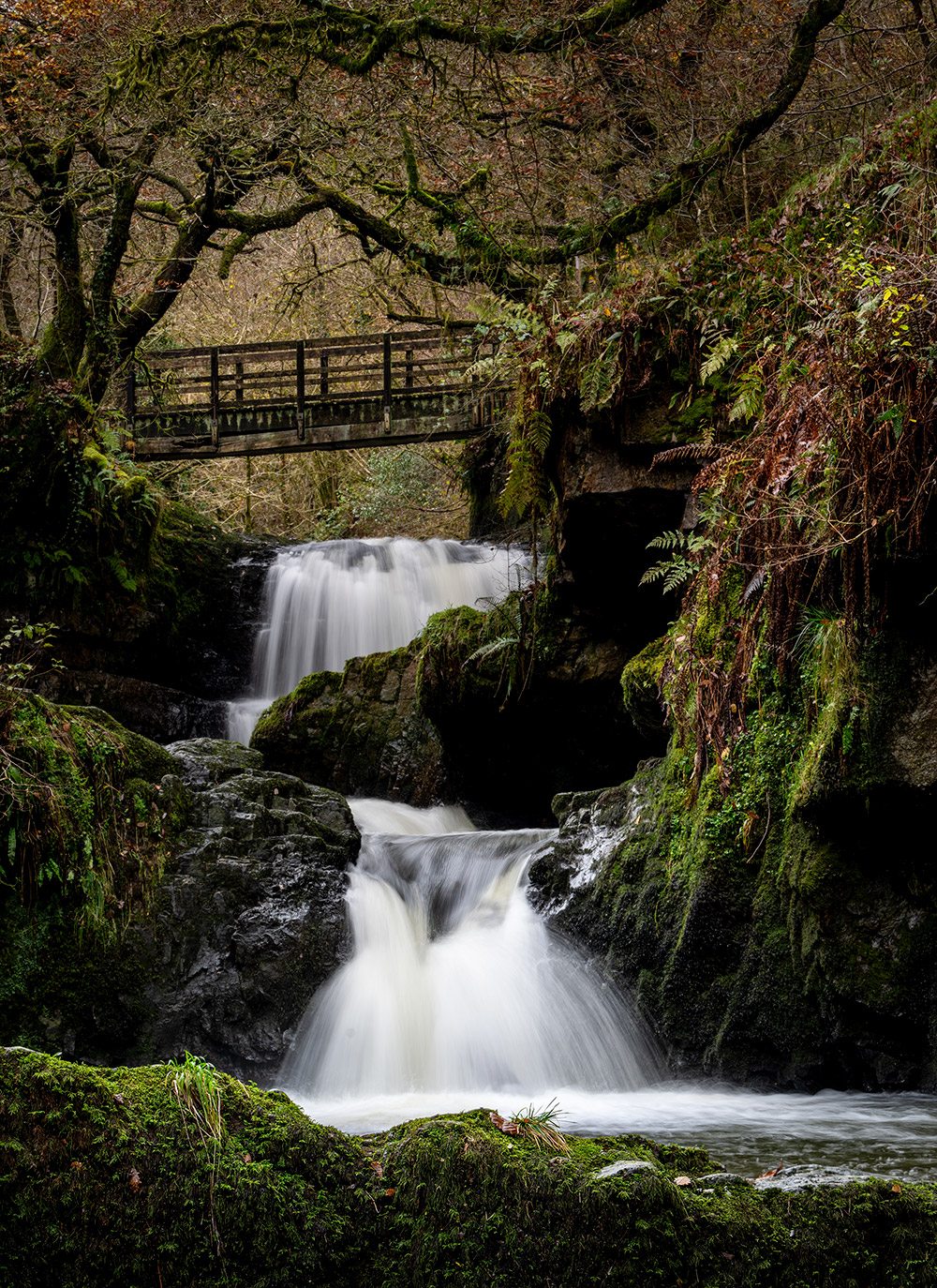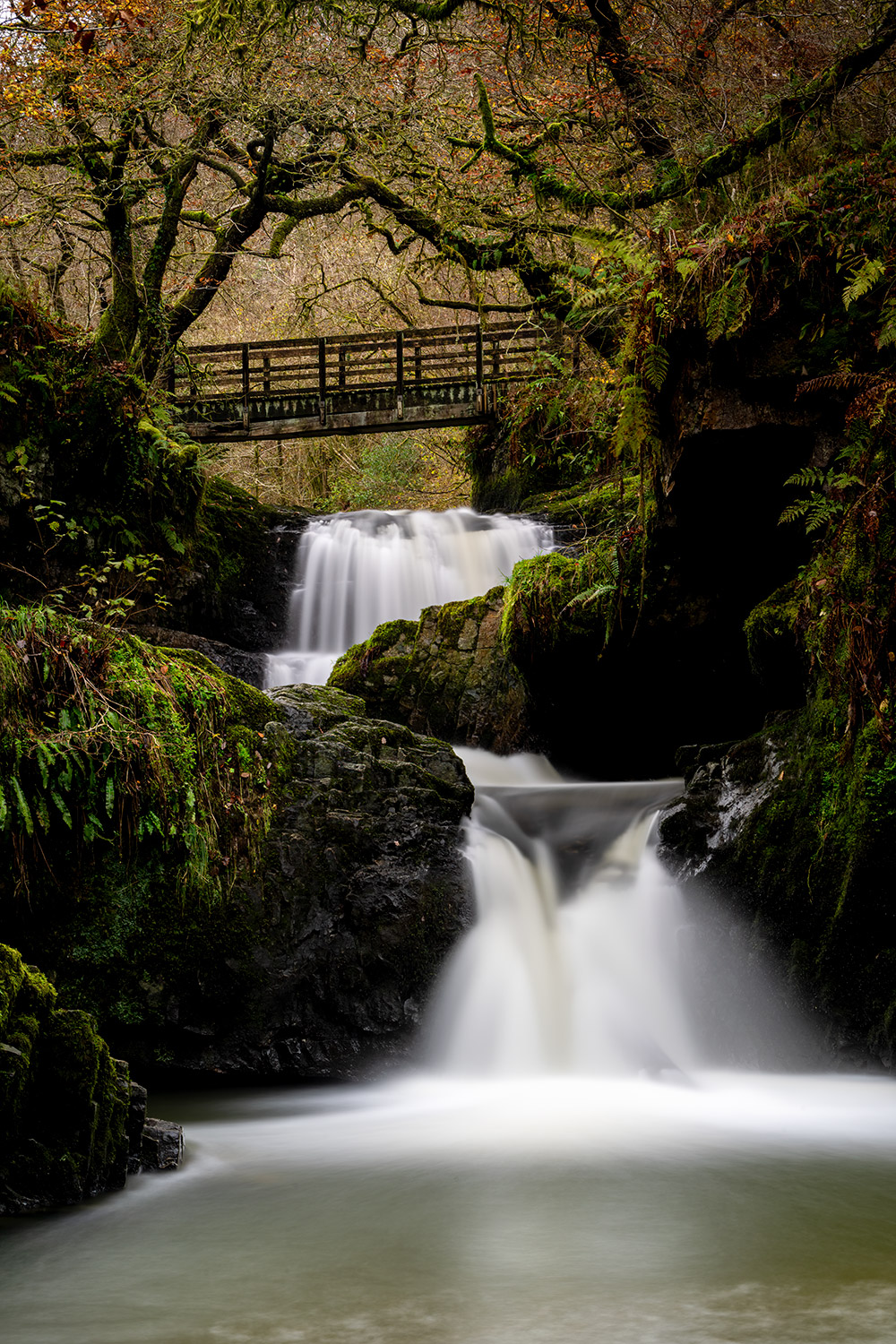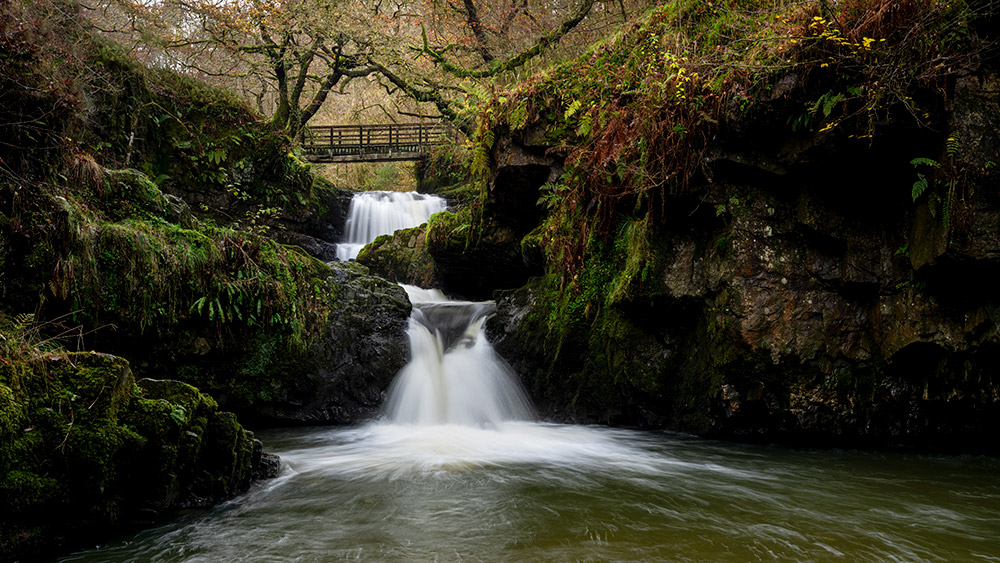Craig y Ddinas Waterfall Capturing the Essence of Autumn

In this video, I capture an incredible waterfall at Craig y Ddinas during the last of the autumnal colours
A Photography Expedition through Craig y Ddinas’ Autumn Splendor
Nestled in the heart of Wales, Craig y Ddinas emerges as a canvas painted in the warm hues of Autumn. As the seasons transition and the landscapes transform, this ancient site becomes a playground for photographers seeking to capture the magic of nature’s brushstroke. In this blog post, I embark on a visual journey through the lens, exploring the artistry of Autumn colours that envelop Craig y Ddinas.
Craig y Ddinas Waterfall

The Prelude to Autumn:
Craig y Ddinas, translating to “Rock of the Fortress” in Welsh, hints at its historic significance. The region, rich in myth and history, serves as the perfect backdrop for a seasonal spectacle. Before delving into the vibrant tapestry of Autumn, it’s crucial to understand the context that shapes this timeless landscape.
The Palette of Nature:
As the days grow shorter and the temperatures begin to drop, the foliage undergoes a magnificent transformation. The once-green canopy metamorphoses into a tapestry of reds, oranges, and golds. The diverse tree species at Craig y Ddinas, including oak, beech, and maple, contribute to a mesmerizing display of colours. Each leaf seems to tell a story of the passing seasons, creating a visual symphony that photographers eagerly capture.
Timing is Everything:
To truly embrace the Autumn spirit at Craig y Ddinas, timing is paramount. Typically, the peak of Fall foliage occurs in October, but this can vary based on factors like weather patterns and elevation. Researching and planning your visit during the optimal period ensures you witness the landscape at its most vibrant, enhancing the visual impact of your photographs.
The Play of Light and Shadow:
Autumn bestows photographers with a unique gift – the play of light and shadow. The slanting rays of the sun, filtered through the golden foliage, create a magical atmosphere. Early mornings and late afternoons are particularly enchanting, casting a warm glow over the rugged terrain of Craig y Ddinas. Experimenting with different angles and perspectives during these golden hours can elevate your photographs to a new level.
Composing the Perfect Shot:
Craig y Ddinas offers a myriad of opportunities for creative compositions. The juxtaposition of ancient stone walls against the vibrant leaves, the reflection of Autumn colours in tranquil ponds, and the panoramic views from elevated vantage points all contribute to a diverse portfolio. Don’t be afraid to experiment with close-ups, wide-angle shots, and unconventional framing to capture the essence of the season.
Practical Tips for Photographers:
Gear Essentials: Carry a versatile lens kit, including a wide-angle lens for landscapes and a macro lens for detailed shots. A sturdy tripod is crucial for stability, especially in low-light conditions.
Dress for the Weather: Autumn in Wales can be unpredictable. Be prepared for varying temperatures and occasional rain. Comfortable and weather-resistant clothing will allow you to focus on your craft without distraction.
Patience is a Virtue: Nature unfolds at its own pace. Spend time observing the changing light and conditions, allowing yourself to adapt and capture the most compelling moments.
Preserving the Moment:
As you navigate the terrain of Craig y Ddinas with your camera in hand, remember that the goal is not just to capture images but to encapsulate the feeling of Autumn. Each photograph becomes a visual time capsule, preserving the fleeting beauty of the season for generations to come.
Conclusion:
Craig y Ddinas, with its historic roots and Autumnal splendour, stands as a haven for photographers seeking inspiration in nature’s most vibrant season. As you venture into this timeless landscape, let your lens be the storyteller, weaving narratives of colour, light, and the enduring spirit of Wales. Embrace the challenge of encapsulating the essence of Autumn at Craig y Ddinas, and watch as your photographs become a testament to the ever-changing dance between nature and time.
Craig y Ddinas Waterfall

History of Craig y Ddinas
Craig y Ddinas, nestled in the picturesque landscapes of Wales, carries a rich history that spans centuries, blending tales of myth and reality. This historic site, known for its scenic beauty and archaeological significance, has played a pivotal role in the cultural tapestry of Wales.
The name “Craig y Ddinas” translates to “Rock of the Fortress” in Welsh, hinting at its strategic importance throughout history. The region’s history is deeply rooted in both Celtic mythology and documented historical events. The site has been a witness to the ebb and flow of different civilizations, leaving behind layers of stories waiting to be unravelled.
In ancient times, Craig y Ddinas was believed to be a sacred place among the Celts, often associated with mystical rituals and ceremonies. The rugged terrain and commanding views made it an ideal location for gatherings, perhaps serving as a meeting point for local tribes or a site for religious practices.
As the Roman Empire expanded its influence into Britain, Craig y Ddinas gained strategic significance as a defensive outpost. The Romans, known for their engineering prowess, likely utilized the natural features of the landscape to fortify the area. Remnants of Roman structures and artefacts discovered in the vicinity provide tangible evidence of their presence.
The medieval period saw the construction of a fortress on the rocky outcrop, further solidifying Craig y Ddinas’s role as a stronghold. The fortress, with its stone walls and strategic positioning, became a symbol of power and control in the region. It likely played a crucial role during various conflicts and wars that marked Welsh history.
During the Norman conquest of Wales, Craig y Ddinas changed hands multiple times as control shifted between the Welsh and the Normans. The fortress underwent modifications and renovations under different rulers, each leaving their mark on the site. The architectural evolution reflects the dynamic nature of power struggles in medieval Wales.
The Tudor era brought both stability and change to Craig y Ddinas. With the unification of England and Wales under Henry VIII, the strategic importance of many Welsh fortresses diminished. Some were abandoned, while others found new purposes. Craig y Ddinas, with its commanding views and historical significance, likely continued to be a symbol of authority, albeit in a changing political landscape.
The subsequent centuries saw the gradual decay of the fortress as it succumbed to the forces of time and neglect. While the fortress lost its military importance, it gained a new role as a romantic ruin, inspiring poets and artists who sought to capture the essence of Wales’s historical legacy.
In the 20th century, efforts were made to preserve and study Craig y Ddinas. Archaeological excavations unearthed artefacts that shed light on the daily lives of those who inhabited the fortress. The site became a focal point for historians, archaeologists, and tourists alike, contributing to the understanding of Wales’s complex history.
Today, Craig y Ddinas stands as a testament to the resilience of history, with its weathered stones and panoramic views serving as a bridge between the past and the present. The site invites visitors to explore its mysteries, connecting with the footsteps of those who shaped the destiny of Wales. As preservation efforts continue, Craig y Ddinas remains a living chronicle of Wales’s vibrant and multifaceted history.

► WORKSHOPS
► ABOUT ME
► MY GEAR
► FACEBOOK
► YOUTUBE
► INSTAGRAM
Tell us about your thoughtsWrite message